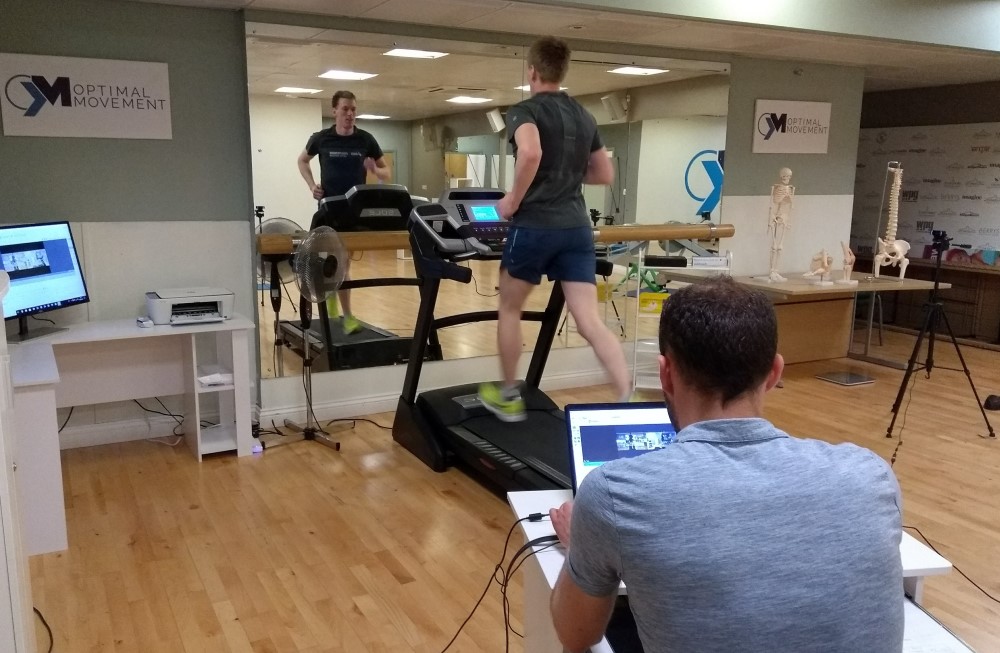“When training for an endurance event which is most important: Mileage or Technique?”
They’re both very important aspects of run training and it’s unlikely that you’ll be able to reach high mileage without a decent level of technique. But why is it that most of us spend very little or no time at all practicing running technique?
“Good Technique”
There are plenty of good runners out there who don’t have the best technique. If you’ve run for years and picked up a few bad habits along the way, you’ll find your body has adapted to these. But even for elite level and lifelong runners, by working on technique you’ll be able to run more efficiently, thus becoming more “economical” runners. So what is a good running technique?
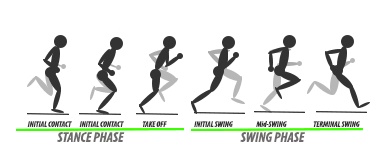
Dissecting the Running Gait
One of the biggest things that makes us run more efficiently is spending less time on the ground. The longer your foot is in contact with the ground the more drag you get, this will be increased further if you land with your foot too far ahead of you. This can be improved by increasing your leg speed (cadence) and heel lift, whilst also improving your landing technique. Cadence can be increased by developing and speeding up your arm action, this is because your arm movements are directly linked to your leg movements. Heel lift can be developed by working on specific exercises which improve glute and hamstring activation, and landing technique can be developed by using specific footwork and plyometric exercises.
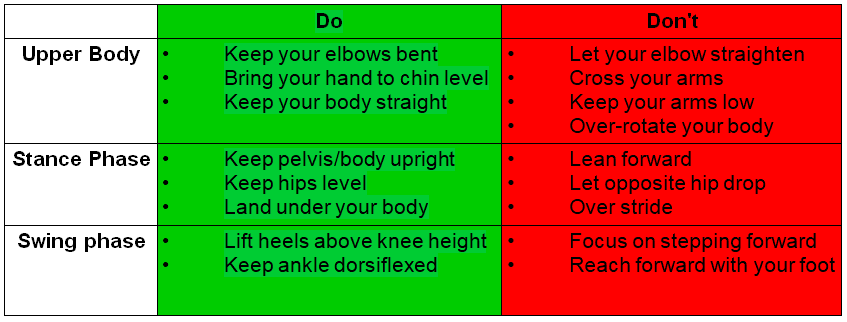
Running Technique and Injury Risk
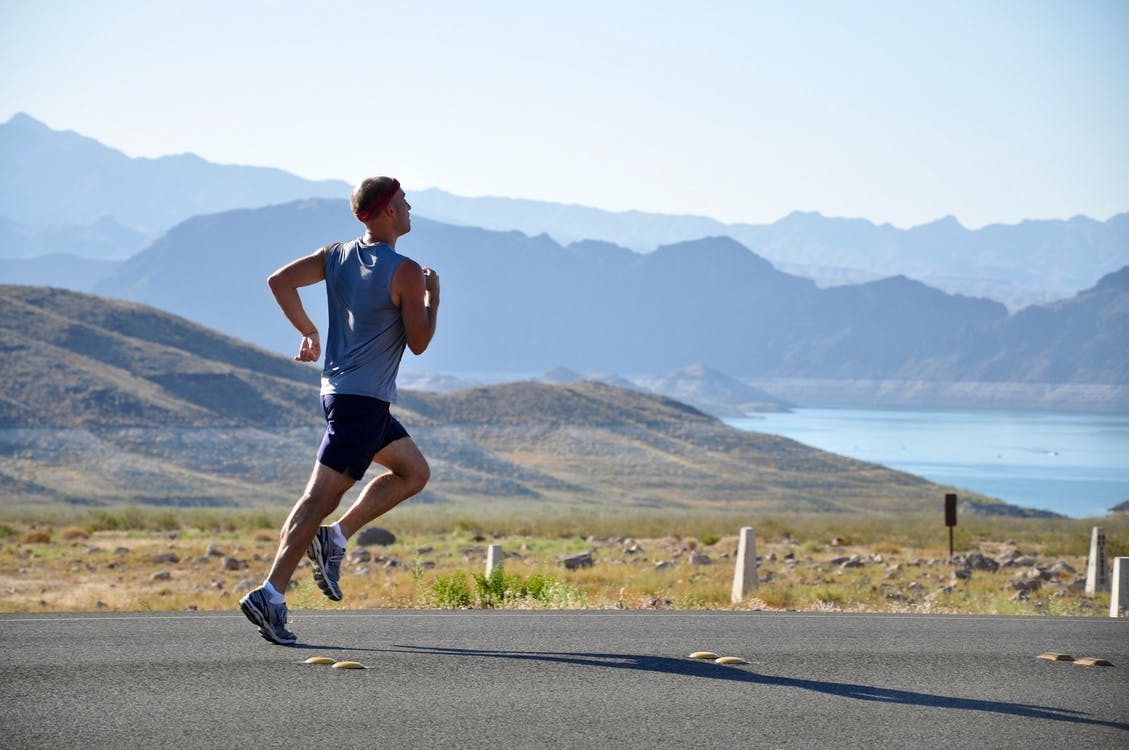
The Warm Up
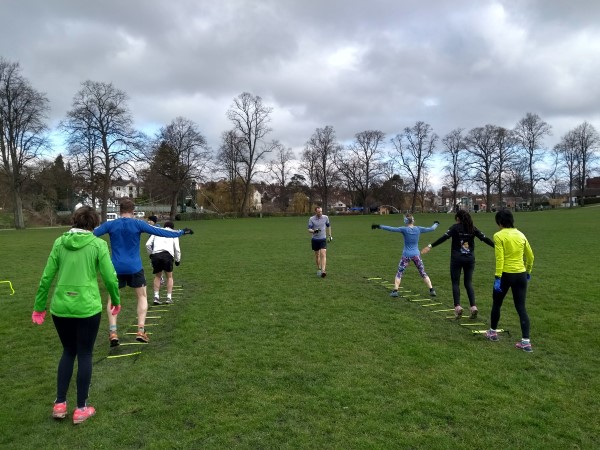
Gait Analysis
